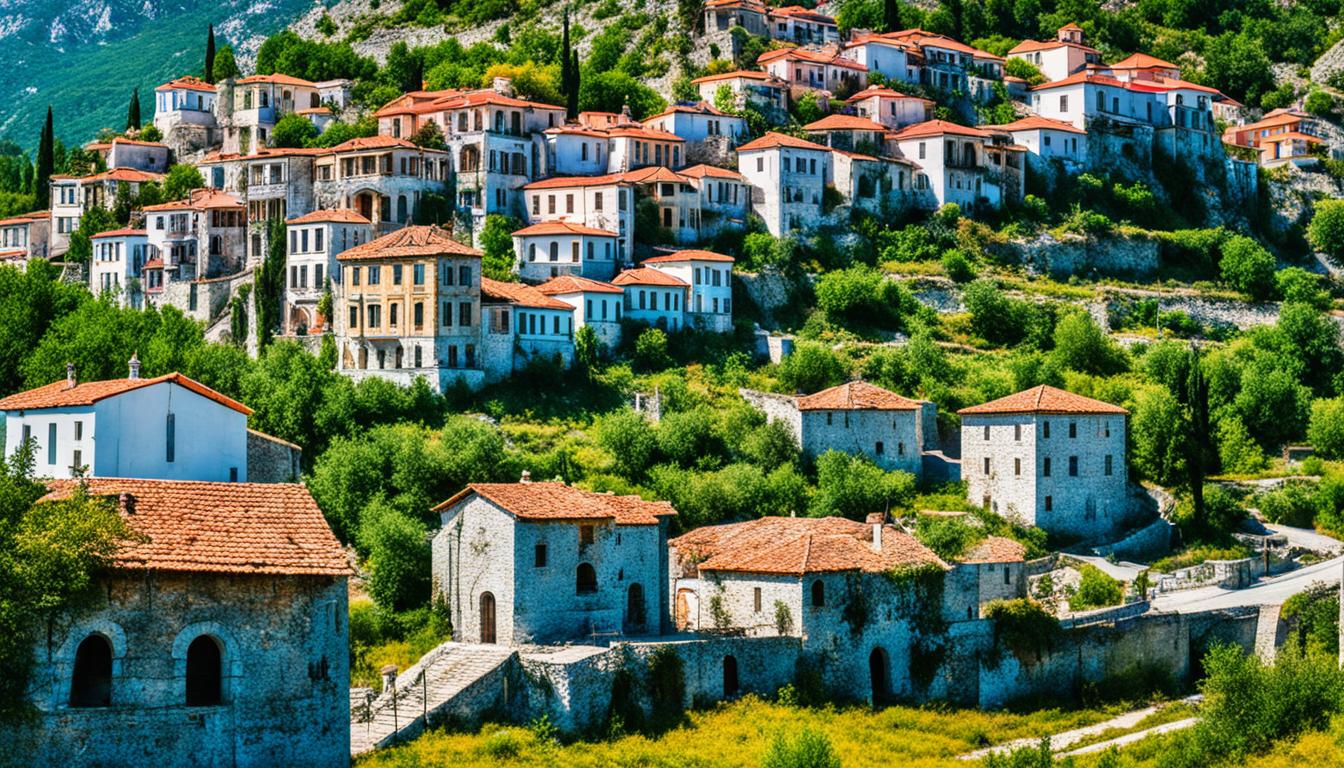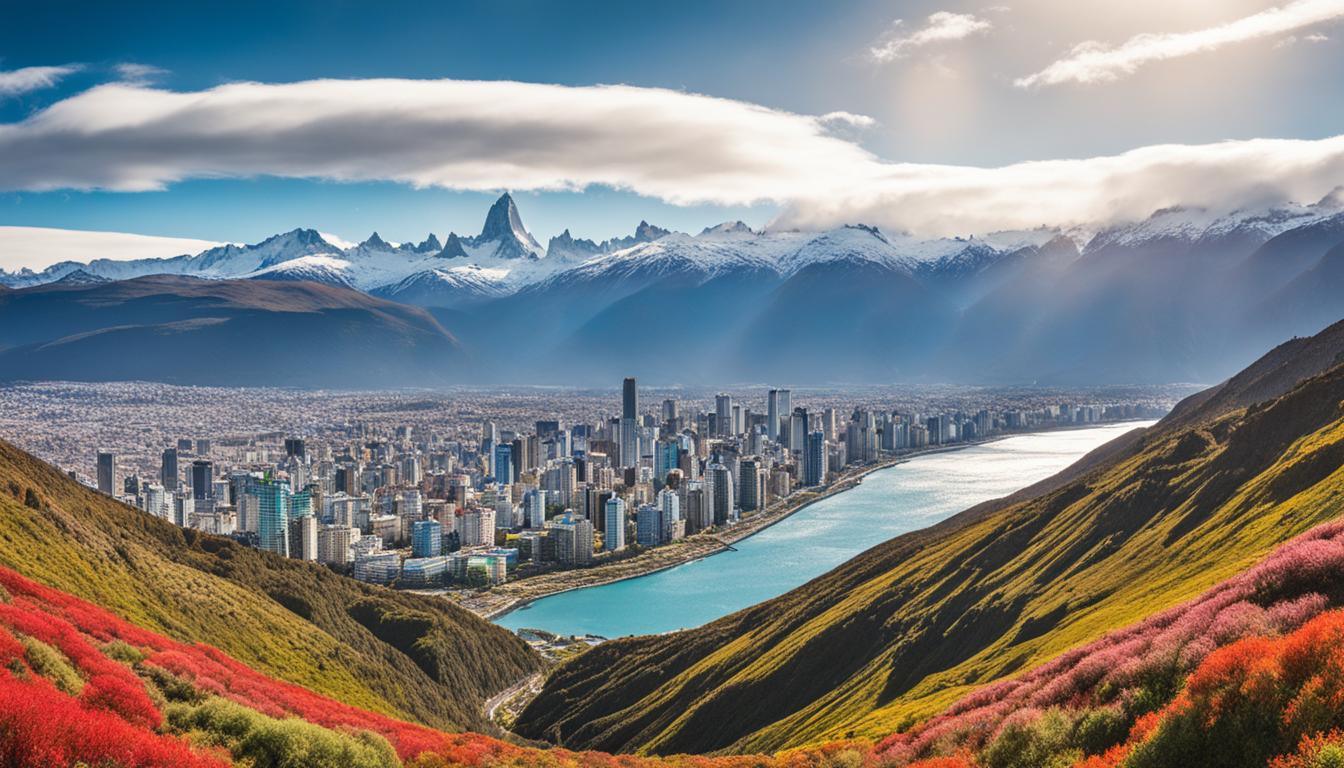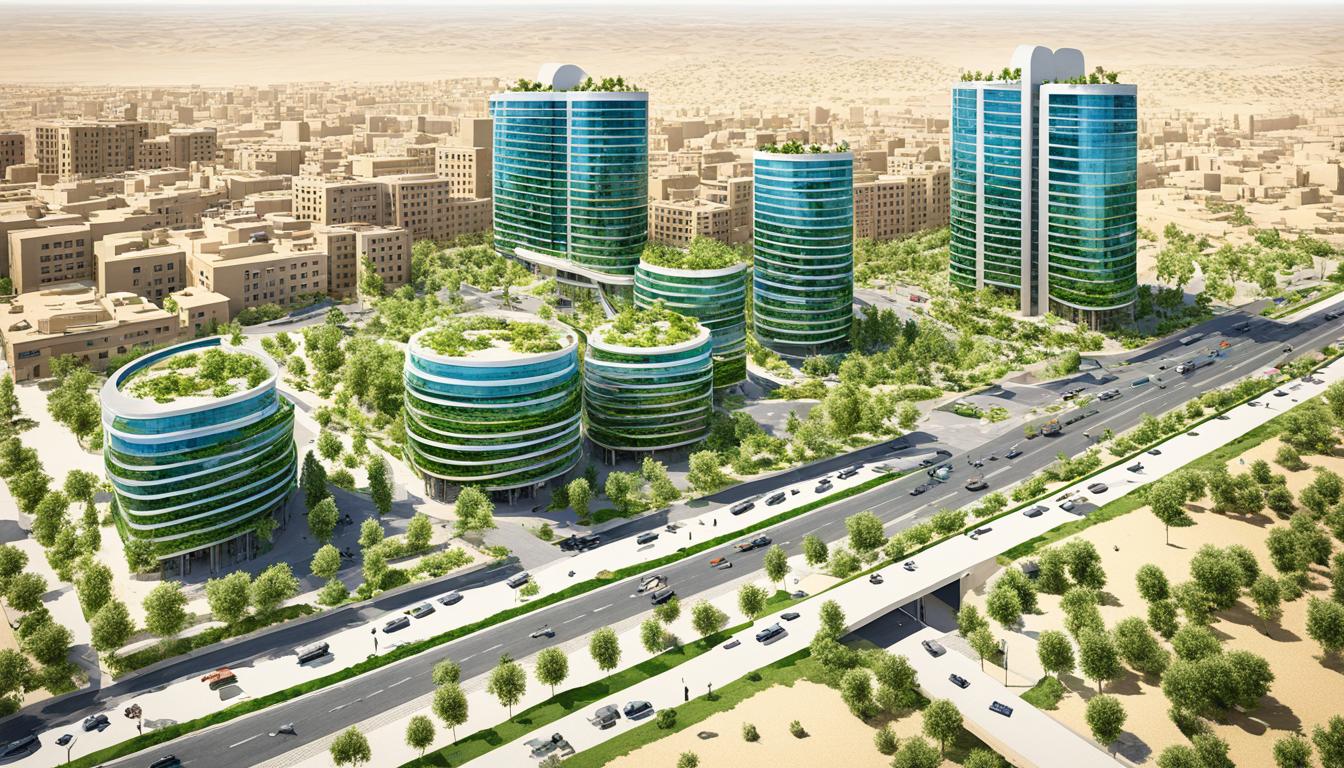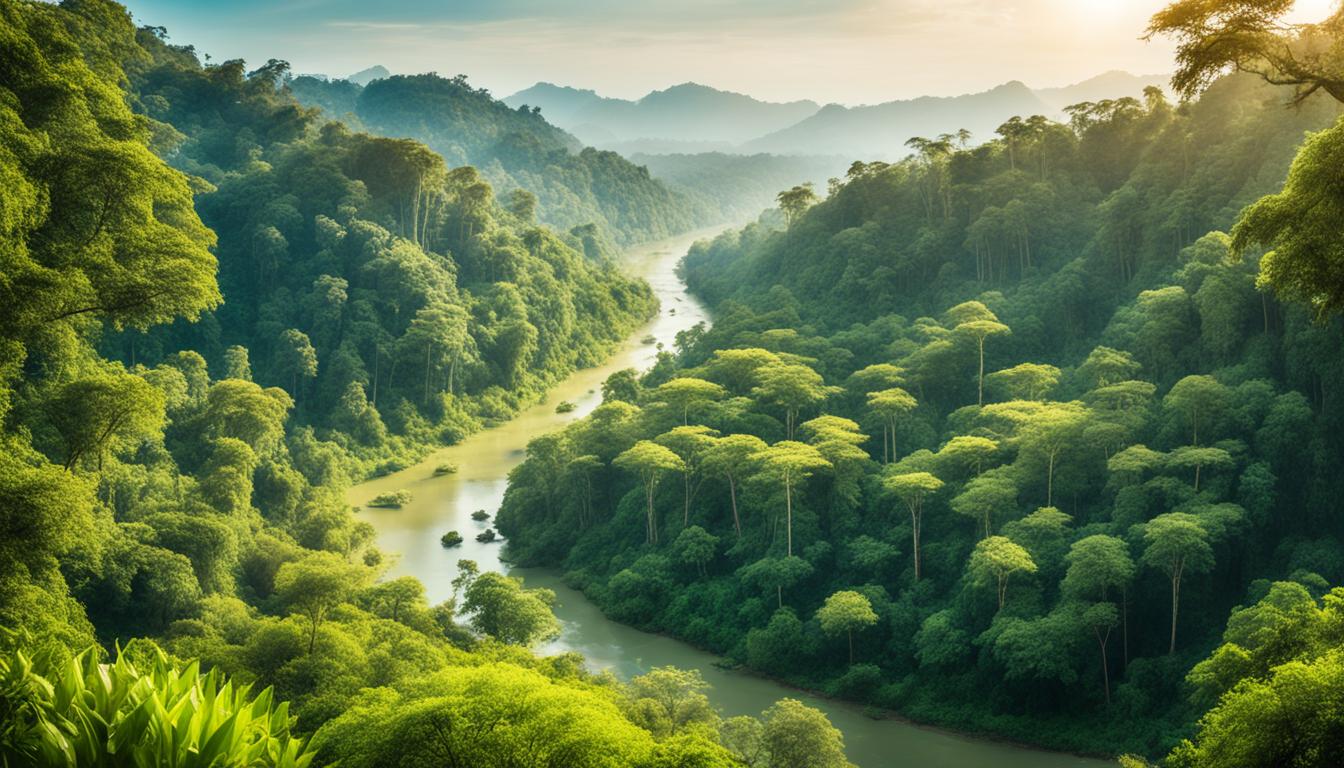Sierra Leone Biodiversity and the Built Environment
Sierra Leone is a country blessed with rich biodiversity and diverse ecosystems, including lush rainforests, sprawling savannahs, and thriving mangroves. With an impressive array of approximately 15,000 identified plant species, this West African nation is a haven for botanical enthusiasts and nature lovers alike. However, the delicate balance between urban development and biodiversity preservation poses significant challenges for Sierra Leone.
The rapid growth of urban areas, coupled with the increasing demand for infrastructure, puts immense pressure on the country’s ecosystems. As cities expand and encroach upon natural habitats, the need for sustainable construction practices and environmental sustainability initiatives becomes critical. The delicate dance between urban planning and biodiversity conservation is essential to ensure the long-term ecological well-being of Sierra Leone.
Key Takeaways:
- Sierra Leone boasts approximately 15,000 identified plant species and diverse ecosystems.
- The country faces challenges in balancing urban development and biodiversity preservation.
- Urban planning and sustainable construction practices are crucial for environmental sustainability.
- Promoting green architecture and sustainable infrastructure is essential for preserving Sierra Leone’s unique ecosystems.
- Efforts to protect Sierra Leone’s biodiversity require a harmonious integration of urbanization and ecosystem preservation.
Plant and Animal Species in Sierra Leone
Sierra Leone is home to approximately 15,000 identified plant species, ranging from rainforest giants to delicate wildflowers. The country boasts a vibrant array of plant life, including towering trees, colorful flowers, and unique vegetation. The diverse ecosystems of Sierra Leone, such as rainforests, savannahs, and mangroves, provide the ideal habitat for these flourishing plant species.
Alongside its impressive plant biodiversity, Sierra Leone also hosts a rich variety of animal life. With over 761 species of mammals and birds, the country boasts an awe-inspiring wildlife population. From majestic elephants and sleek leopards to vibrant birds and energetic primates, Sierra Leone’s animal kingdom captures the imagination of both locals and visitors alike.
Sierra Leone is particularly known for its primate species, including the critically endangered Western Chimpanzee and the vulnerable Diana Monkey. These intelligent and charismatic creatures play a vital role in maintaining the delicate balance of the ecosystem. The conservation of these primate populations is of utmost importance to preserve Sierra Leone’s unique biodiversity and ensure the survival of these incredible species.
“The beauty and diversity of plant and animal species in Sierra Leone are unparalleled. Preserving these natural treasures is not only crucial for the country’s biodiversity but also for our collective responsibility to protect the world’s natural heritage.”
Preserving and protecting the plant and animal species of Sierra Leone is essential for maintaining the country’s unique biodiversity. By safeguarding their habitats and implementing sustainable conservation measures, we can ensure the long-term survival of these incredible species. Through education, awareness, and collaborative efforts, we can create a sustainable future where the natural treasures of Sierra Leone thrive for generations to come.
Threats to Biodiversity in Sierra Leone
The biodiversity in Sierra Leone faces numerous threats that put its delicate ecosystems at risk. These threats include deforestation, wildlife trade, slash-and-burn agriculture, and mineral exploitation.
Deforestation in Sierra Leone is a significant concern, with large areas of forest being cleared for timber and to make way for agriculture and infrastructure development. This widespread deforestation has resulted in the loss of critical habitat for numerous plant and animal species, leading to a decline in biodiversity.
The wildlife trade in Sierra Leone poses another significant threat to biodiversity. The illegal trade in bushmeat, pets, and wildlife products puts immense pressure on animal populations, especially those that are already vulnerable or endangered. The unsustainable exploitation of wildlife not only disrupts ecosystems but also threatens the survival of key species.
Slash-and-burn agriculture, also known as shifting cultivation, is a traditional agricultural practice in Sierra Leone. While it has a long history and is often essential for food security, the expansion of this practice has resulted in the clearing of vast areas of forests. The conversion of forested land for agriculture disrupts ecosystems and leads to the loss of biodiversity.
Mineral exploitation is another significant threat to biodiversity in Sierra Leone. The country is rich in mineral resources such as diamonds, bauxite, and gold. However, mining activities often result in habitat destruction, pollution of water sources, and the displacement of local communities. These negative impacts can have lasting effects on the biodiversity of affected areas.
Addressing the threats to biodiversity in Sierra Leone is crucial for the preservation of its natural resources and the sustainable management of its ecosystems. Efforts must be made to combat deforestation, regulate wildlife trade, promote sustainable agriculture practices, and ensure responsible mineral extraction. By prioritizing conservation and adopting sustainable approaches, Sierra Leone can safeguard its unique biodiversity for future generations.
Threats to Biodiversity in Sierra Leone in Numbers:
| Threats | Impact |
|---|---|
| Deforestation | Loss of critical habitat for plant and animal species |
| Wildlife Trade | Disruption of ecosystems and decline of vulnerable species |
| Slash-and-Burn Agriculture | Clearing of forests and destruction of biodiversity-rich areas |
| Mineral Exploitation | Habitat destruction, pollution, and displacement of communities |
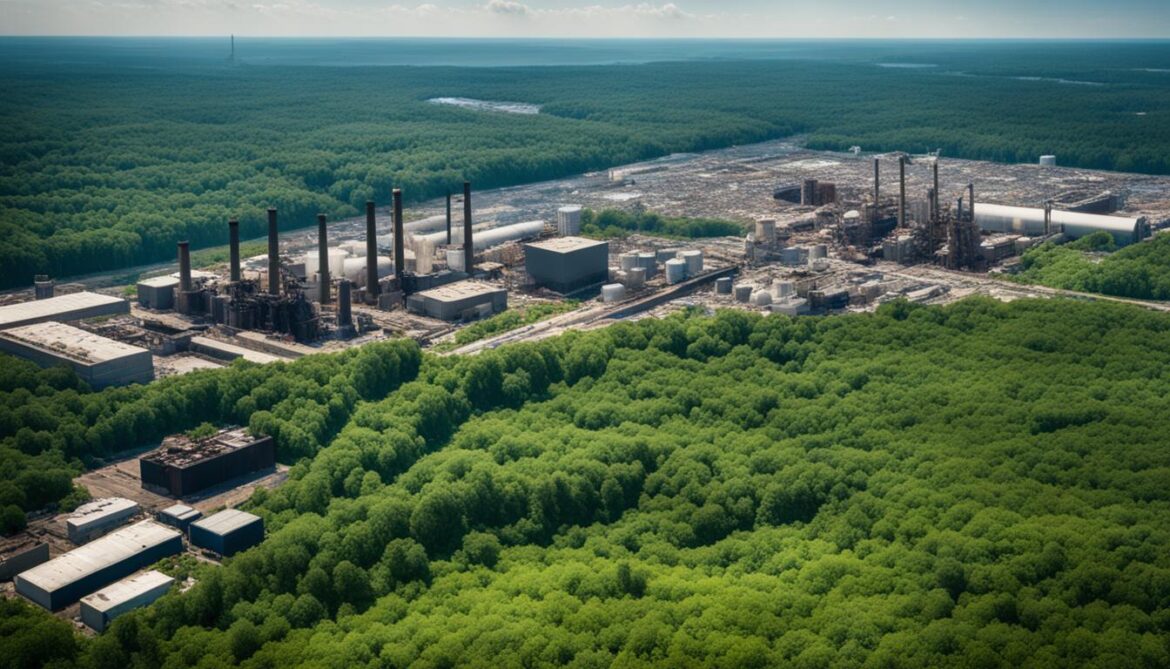
A visually stunning Sierra Leone landscape showcasing the biodiversity at stake.
The Impact of Threats
The impact of threats to biodiversity in Sierra Leone extends beyond the loss of plant and animal species. Deforestation, wildlife trade, slash-and-burn agriculture, and mineral exploitation have socio-economic ramifications, including the displacement of communities and the depletion of natural resources vital for human well-being.
Deforestation poses a significant challenge in Sierra Leone, with devastating consequences for both the environment and local communities. As forests are cleared for timber and agriculture, valuable habitat is lost, leading to a decline in biodiversity and ecological balance. Additionally, deforestation contributes to climate change, as forests play a crucial role in absorbing carbon dioxide.
Wildlife trade in Sierra Leone further exacerbates the impact on biodiversity. The illegal trade in bushmeat and exotic pets not only threatens numerous animal species but also disrupts the delicate balance of ecosystems. The depletion of wildlife populations can have cascading effects, affecting the ecological functions that support human livelihoods, such as pollination and pest control.
The socio-economic impact of slash-and-burn agriculture is a growing concern in Sierra Leone. This traditional form of farming involves clearing land by burning vegetation, which releases carbon dioxide and other greenhouse gases, contributing to climate change. Moreover, the loss of forest cover leads to soil erosion, decreased agricultural productivity, and potential food insecurity.
Mineral exploitation is another significant threat to biodiversity in Sierra Leone. Mining activities, particularly in areas rich in minerals such as diamonds, rutile, and bauxite, often result in habitat destruction and water pollution. These activities not only harm plant and animal species but also affect local communities who rely on natural resources for their livelihoods.
The socio-economic impacts of biodiversity loss are far-reaching. Displacement of communities due to habitat destruction disrupts social structures and traditional livelihoods, leading to increased poverty and inequality. The depletion of natural resources, such as clean water, timber, and medicinal plants, further exacerbates these challenges, affecting the overall well-being of communities.
To address these impacts, Sierra Leone needs to implement sustainable practices and promote conservation initiatives that benefit both nature and society. This includes strengthening protected area management, supporting sustainable agriculture practices, enforcing regulations against wildlife trade, and promoting responsible mineral extraction. Collaborations between government agencies, international organizations, and local communities are essential to create a holistic approach to biodiversity conservation and socio-economic development.
Socio-economic Impacts of Threats to Biodiversity in Sierra Leone
| Threat | Impact |
|---|---|
| Deforestation | Loss of habitat, climate change, reduced ecosystem services |
| Wildlife Trade | Disruption of ecosystems, loss of wildlife populations, potential disease spread |
| Slash-and-burn Agriculture | Soil erosion, decreased agricultural productivity, potential food insecurity |
| Mineral Exploitation | Habitat destruction, water pollution, displacement of communities |
| Biodiversity Loss | Displacement of communities, depletion of natural resources, increased poverty |
Efforts to mitigate these impacts require a multi-faceted approach that combines environmental conservation, social development, and economic sustainability. By valuing and protecting Sierra Leone’s biodiversity, we can ensure the well-being of both present and future generations, promoting a harmonious relationship between humans and the natural world.
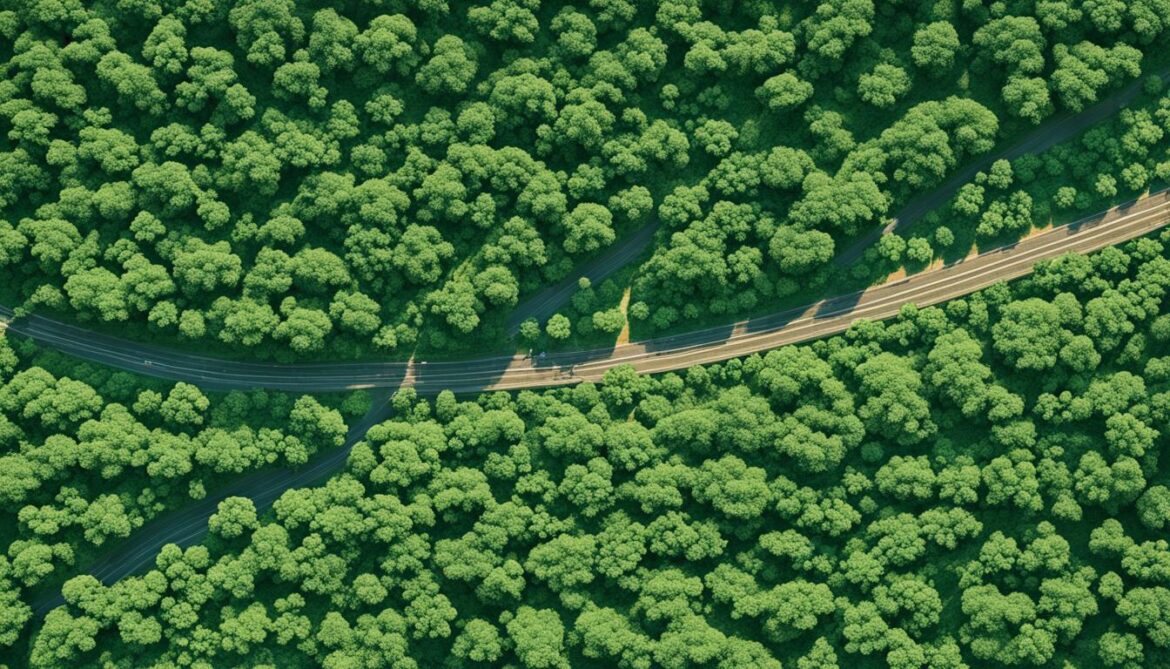
Conservation Efforts in Sierra Leone
Sierra Leone is dedicated to implementing a range of conservation initiatives to protect and preserve its rich biodiversity. A key strategy in this effort is the Sierra Leone National Biodiversity Strategy and Action Plan (NBSAP), which outlines objectives and actions to promote sustainable development while safeguarding the country’s natural resources.
The NBSAP prioritizes the establishment of protected areas, ensuring the preservation of critical habitats and ecosystems. These protected areas serve as sanctuaries for a diverse range of plant and animal species, ensuring their long-term survival. The strict regulations within these areas help to prevent habitat destruction and loss of biodiversity.
Another significant focus of conservation efforts in Sierra Leone is sustainable agriculture. The country promotes agricultural practices that minimize the use of harmful chemicals, protect soil quality, and promote biodiversity on farmlands. By encouraging sustainable agriculture, Sierra Leone aims to achieve a harmonious balance between agricultural production and environmental conservation.
Sierra Leone also places emphasis on community-based forestry initiatives. These initiatives involve local communities in the sustainable management and use of forest resources, while ensuring the preservation of forest ecosystems. By empowering communities to take ownership of forest conservation, Sierra Leone promotes environmentally responsible practices and economic opportunities for local residents.
Collaboration with international organizations and non-governmental organizations (NGOs) is crucial to the success of these conservation initiatives. Through partnerships and knowledge-sharing, Sierra Leone can leverage global expertise and resources to implement conservation strategies effectively.
“Sierra Leone’s commitment to conservation is exemplified by the National Biodiversity Strategy and Action Plan, which guides our efforts to protect and preserve our unique natural heritage and promote sustainable development.”
The Success of Conservation Initiatives
The conservation initiatives undertaken in Sierra Leone have yielded significant results. The establishment of protected areas has enhanced the preservation of key ecosystems and allowed for the recovery of threatened species. For example, the Tiwai Island Wildlife Sanctuary, located in the Moa River, has become a notable conservation success, providing a sanctuary for endangered primates like the Western Chimpanzee.
Community-based forestry practices have also proven successful in reducing deforestation rates and promoting sustainable resource management. By involving local communities in decision-making processes, these initiatives ensure a sense of ownership and responsibility for forest conservation, leading to positive outcomes for both people and nature.
Additionally, sustainable agricultural practices have contributed to improving food security and reducing the loss of natural habitats. By adopting agroforestry techniques that integrate tree planting with crop cultivation, farmers can minimize land degradation and maintain healthy ecosystems, while still achieving high crop yields.

These conservation efforts are crucial for preserving Sierra Leone’s unique biodiversity while promoting sustainable development. By protecting the country’s natural resources, Sierra Leone aims to secure a prosperous and sustainable future for its people and the incredible array of plant and animal species that call this diverse nation home.
Impacts of Human Activities on Biodiversity
Human activities have had severe impacts on the biodiversity of Sierra Leone. Key activities such as deforestation, logging, mining, overfishing, and wildlife exploitation have caused significant harm to the country’s ecosystems and wildlife populations.
The deforestation impact in Sierra Leone has resulted in the loss of critical forest cover, leading to habitat destruction for numerous plant and animal species. Large-scale logging, especially of valuable hardwoods, has contributed to this environmental degradation. The logging impact has caused irreversible damage to Sierra Leone’s forests, disrupting the delicate balance of ecosystems and threatening the survival of various flora and fauna.
The rampant mining impact in Sierra Leone has further exacerbated biodiversity loss. Mining operations have caused habitat destruction, contamination of water sources, and the displacement of wildlife. Additionally, overfishing has devastated marine ecosystems, depleting fish populations and affecting the delicate balance of underwater biodiversity.
Perhaps one of the most distressing impacts is the wildlife exploitation impact. The illegal trade of wildlife products, including ivory and bushmeat, has led to the decline of iconic species like elephants, chimpanzees, and gorillas. Poaching and illegal hunting have disrupted the natural cycle of ecosystems, threatening both biodiversity and local communities who rely on these resources.
Addressing the impacts of these activities is crucial for the preservation of Sierra Leone’s biodiversity. Sustainable resource management, responsible practices, and government regulations are needed to mitigate the adverse effects. Efforts should focus on promoting sustainable logging practices, enforcing anti-poaching measures, implementing responsible fishing regulations, and supporting alternative livelihoods for communities dependent on natural resources.

Support Mechanisms for National Implementation
The Government of Sierra Leone recognizes the importance of biodiversity conservation and has taken significant steps to establish support mechanisms for its national implementation. These mechanisms include legislation, funding, coordination, capacity-building, and mainstreaming efforts. By addressing these key areas, Sierra Leone aims to enhance its conservation initiatives and ensure the long-term sustainability of its rich biodiversity.
Legislation for Biodiversity Conservation
Sierra Leone has enacted legislation that provides a legal framework for biodiversity conservation. These laws aim to protect and preserve the country’s diverse ecosystems and the species that inhabit them. They outline guidelines for sustainable resource management, habitat protection, and the prevention of practices that may harm biodiversity. The legislation serves as a foundation for effective conservation efforts and ensures that biodiversity conservation is a priority at the national level.
Funding for Conservation Efforts
To support biodiversity conservation activities, Sierra Leone actively seeks funding from various sources. The government collaborates with bilateral donors, private sector businesses, and other stakeholders to secure financial resources. Additionally, fees collected from potential biodiversity exploitation are allocated towards conservation-related activities. These funding mechanisms enable the implementation of conservation projects, research initiatives, and community-based programs aimed at preserving Sierra Leone’s natural heritage.
Coordination for Biodiversity Conservation
Coordination plays a vital role in ensuring effective biodiversity conservation in Sierra Leone. The government has established institutions and committees dedicated to overseeing and coordinating conservation efforts. These bodies work in collaboration with local communities, NGOs, and international partners to develop and implement conservation strategies. By fostering collaboration and information sharing, Sierra Leone aims to enhance the efficiency and impact of its conservation initiatives.
Capacity-Building for Conservation
Sierra Leone recognizes the importance of building the capacity of individuals and organizations involved in biodiversity conservation. Efforts are being made to provide training, education, and technical support to stakeholders working in the field. Capacity-building initiatives focus on enhancing knowledge and skills in sustainable resource management, research methodologies, and biodiversity monitoring. By strengthening the capabilities of conservation practitioners, Sierra Leone aims to cultivate a skilled workforce that can effectively contribute to conservation efforts.
Mainstreaming of Biodiversity Conservation
Sierra Leone is actively working towards mainstreaming biodiversity conservation into various sectors and policies. The integration of biodiversity considerations into sectors such as agriculture, forestry, and urban planning is crucial for sustainable development. By incorporating biodiversity conservation principles into national development plans and policies, Sierra Leone aims to ensure that conservation becomes a fundamental aspect of decision-making processes.
These support mechanisms for national implementation provide a solid foundation for biodiversity conservation in Sierra Leone. Through legislation, funding, coordination, capacity-building, and mainstreaming efforts, the country is taking proactive steps towards protecting its unique ecosystems and the species they harbor. By embracing sustainability and collaboration, Sierra Leone is poised to become a leader in biodiversity conservation and an example for others to follow.

Mechanisms for Monitoring and Reviewing Implementation
Sierra Leone is actively developing a comprehensive monitoring program to ensure effective conservation of its biodiversity. This program aims to monitor and review the implementation of conservation measures to safeguard Sierra Leone’s unique ecosystems.
Identification of Indicators for National-Level Monitoring
Efforts are underway to identify key indicators that will enable robust monitoring of biodiversity conservation on a national scale. These indicators will provide valuable insights into the effectiveness of conservation efforts and help guide future decision-making processes. Some of the indicators being considered include:
- Forestry licensing control
- Rainfall monitoring
- Marine resource monitoring
By monitoring these indicators, Sierra Leone can track the status of its forests, water resources, and marine ecosystems, allowing for timely interventions to enhance conservation efforts.
The Role of the Sierra Leone Navy
The Sierra Leone Navy plays a vital role in monitoring activities within the country’s territorial waters. Their efforts focus on minimizing unsustainable fishing practices that can negatively impact marine biodiversity. By actively patrolling these waters, the Navy helps deter illegal fishing and facilitates the conservation of Sierra Leone’s marine ecosystems.
Environmental Impact Assessments (EIA)
In order to ensure responsible and sustainable development, Sierra Leone requires Environmental Impact Assessments (EIA) for proposed development projects. These assessments evaluate the potential effects of such projects on biodiversity and provide valuable insights into any possible adverse impacts. By conducting EIAs, Sierra Leone can make informed decisions to mitigate the potential negative effects and preserve its precious ecosystems.
Monitoring and Reviewing for Effective Conservation
Monitoring and reviewing mechanisms are essential for ensuring the ongoing success of biodiversity conservation efforts in Sierra Leone. Regular assessments and evaluations enable policymakers, researchers, and stakeholders to identify any gaps or areas that require attention, enabling timely intervention and continuous improvement.
By implementing effective monitoring and reviewing processes, Sierra Leone can make informed decisions to safeguard its biodiversity, protect its ecosystems, and work towards a sustainable future.
Conclusion
Biodiversity conservation is crucial for sustainable development in Sierra Leone. By protecting and preserving the country’s unique ecosystems, Sierra Leone can ensure the long-term survival of plant and animal species, promote sustainable resource management, and enhance the well-being of both nature and society.
Efforts to conserve and sustainably manage biodiversity in Sierra Leone require ongoing collaboration with national and international stakeholders. The commitment and dedication of various organizations, governmental bodies, and local communities are instrumental in achieving these goals.
Sierra Leone’s journey towards biodiversity preservation and sustainable development is an ongoing process. With continued efforts, the country can create a future where nature and society coexist harmoniously, ensuring the preservation of Sierra Leone’s invaluable biodiversity for generations to come.




